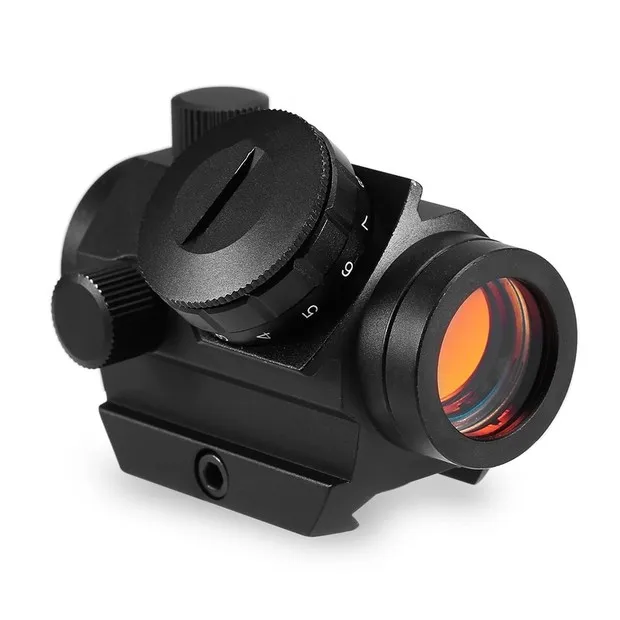How Environmental Factors Affect Optical Performance
Ever experience those moments when you can see clearly one minute and then it’s all just a blurry mess the next? Lots of stuff around us can affect how well we can see. Our vision can be influenced by things like air pollution, weather, lighting and humidity. In this post, we’ll discuss how these facts can transform what you see and why they matter.

Effects of air pollution on the visibility in the outdoor environment
We hear a lot about air pollution, but it too can cloud our vision of the world around us. Optic scope can make the sky look gray and hazy. This is what makes things in the distance hard to see mountains or tall buildings, for example. The dustlike particles themselves can scatter light, which makes everything look less clear and more dreamy. That, however, is why you should pay attention to air quality and try not to go outside when the air is bad.
The role of weather on what we see
The weather can also make a difference in how well we can see. When the sun is shining, everything seems bright and clear. On cloudy days, everything can appear drab and fuzzy. Rain, too, or snow can obscure vision through the Scope assessiores of water droplets allowing for light to be scattered. If you notice that things look different when it’s sunny than when it’s cloudy, that is perfectly natural! You just need to be a little extra careful when it’s raining or snowing, when visibility is lessened.
The Lighting Factor For Clear Sight
Seeing things clearly and being able to read things, lighting is very important. Good lighting can help ease the strain when we read a book or squint to see something in the distance. Magnifying glass can illuminate, showing details, while dim lighting can cast things into a blur. Which is why it is important we have good lighting in our homes, at schools and where we go as well. If you’re having a hard time seeing something, sometimes it helps to change the lighting!
What Humidity Does to Our Vision
Humidity is something else that can affect how well we can see. Humidity in the air can make our glasses or lenses fog up. This, of course, makes it difficult to see well. Water in the air can also wash delicate layers of water onto our lenses, blurring our vision. If you wear glasses or contacts, you may have found that they fog up more when it’s humid. You can treat your lenses with special stretches or wipes to keep them from fogging up.
Our Eyes in an Environmental Sense
In general, very many conditions of our surroundings have the power of influencing the clearness of our vision. Air pollution, weather, lighting and humidity everything affects our ability to see. We should be conscious of these influences and take measures to protect our sight. That might involve wearing sunglasses on sunny days, staying indoors on smoggy ones and keeping our lenses clean. By learning how these elements affect our vision, we’re better able to keep our eyes in good shape.
Finally, there’s a lot that can alter how well we see. By being aware of things like air pollution, weather, lighting, and humidity, we can help defend our vision. So the next time you can’t quite see something, consider what’s around you, and think about how it might be affecting your eyes.



Comments
Post a Comment